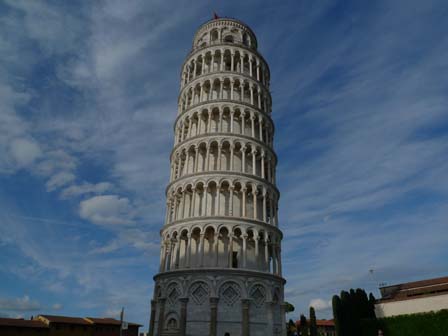| |
Organizing Committee
Hideo Kubo (Dipartimento di Matematica, Hokkaido University, Giappone), Tommaso Pacini (SNS - Pisa), Anna Rita Giammetta (Dipartimento di Matematica, Universita' di Pisa)
Speakers
|
Hiroaki Aikawa |
Hokkaido University |
| |
Carlo Mantegazza |
Univ. Napoli Federico II |
| |
Ziping Rao |
University of Bonn |
|
Nikolay Tzvetkov |
University of Cergy-Pontoise |
|
Nicola Visciglia |
University of Pisa |
Tentative Program
Ziping Rao
An overview of the curve shortening flow. |
9:00-10:30 |
Carlo Mantegazza
Perelman, the Ricci flow and the Poincare' conjecture. |
11:00 - 12:30 |
Hiroaki Aikawa
Fractal boundary phenomena of harmonic functions |
14:00 - 14:50 |
Nikolay Tzvetkov
On the growth of Sobolev norms for the non linear Schrodinger equation |
15:00 -15:50 |
| Nicola Visciglia
Existence and stability of stading waves to NLS with a partial confinement in the L^2 supercritical regime. |
16:00 - 16:50 |
TITLES of TALKS and SHORT ABSTRACTS
|
Hiroaki Aikawa |
Fractal boundary phenomena of harmonic functions
Abstract: The classical Herglotz-Poisson formula asserts that every positive harmonic function in a smooth domain is represented as the integral of the normal derivative of the (Dirichlet) Green function with respect a measure on the boundary. This formula was extended by Martin to a general (even fractal) domain by introducing an ideal boundary, referred to as the Martin boundary, given by the completion of the ratios of Green functions. The identification of the Martin boundary is an interesting problem and has attracted many attentions. The boundary behavior of the ratios of Green functions, or more generally, the ratios of two positive harmonic functions vanishing on a portion of boundary, is crucial. It is often called the boundary Harnack principle. In this talk, I will explain the background of the boundary Harnack principle and recent results about elliptic and parabolic boundary Harnack principles as well as a Harnack principle with exceptional sets. |
| |
Carlo Mantegazza |
Perelman, the Ricci flow and the Poincare' conjecture.
We will present an overview of the Ricci flow and of its geometric applications. This will be a panoramic talk aimed at non specialists. |
| |
Ziping Rao |
An overview of the curve shortening flow.
Abstract: This talk concerns the curve shortening flow (CSF), which is a geometric flow that evolves planar curves according to its curvature. I will first introduce the necessary geometric background of plane curve geometry. Then I will introduce the CSF and its properties. We shall see some similarities between the CSF and the Ricci flow. At the end we will arrive at a great result, Grayson's theorem, which states that an initially embedded curve will shrink to a round point under the CSF. |
|
Nikolay Tzvetkov |
On the growth of Sobolev norms for the non linear Schrodinger equation
Abstract:
We will discuss the influence of the geometry of the spatial domain on the possible growth of the Sobolev norms under the flow of the cubic defocusing Schrodinger equation. |
|
Nicola Visciglia |
Existence and stability of stading waves to NLS with a partial confinement in the L^2 supercritical regime.
Abstract: I will present a joint work with Bellazzini, Boussaid,
Jeanjean. We show that the energy associated with NLS with a partial confinement has a local minima structure
when restricted on fixed charge constraint. By using a suitable adaptation of the concentration compactness argument we deduce the existence and stablitiy of standing waves.
|
|
|


